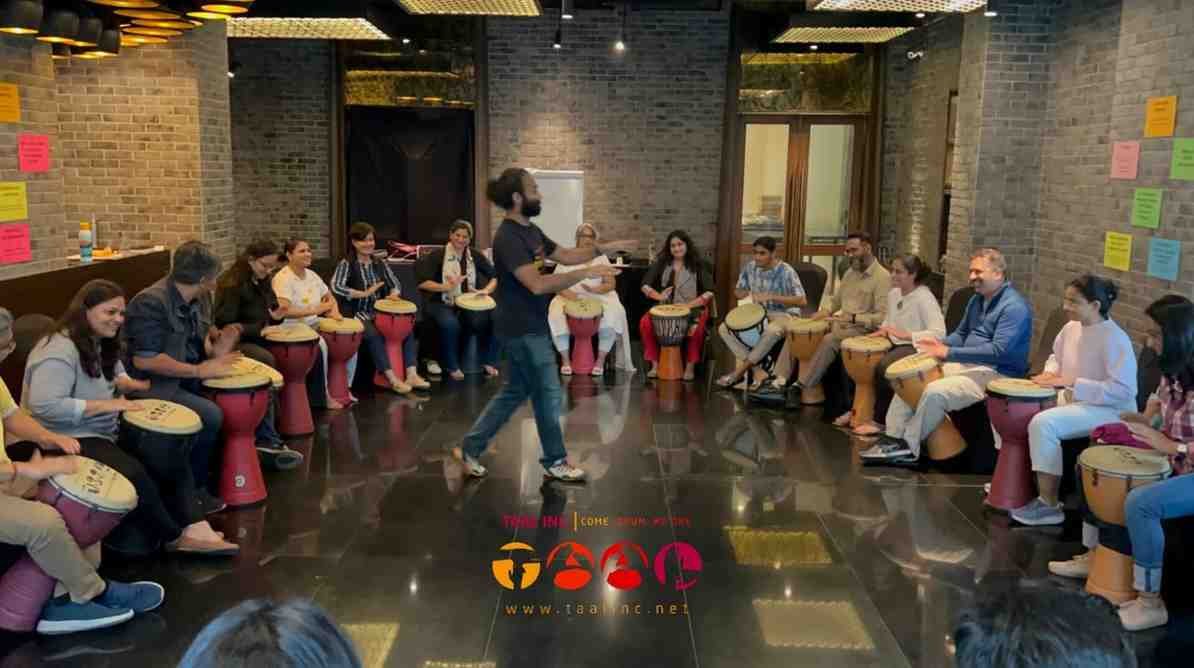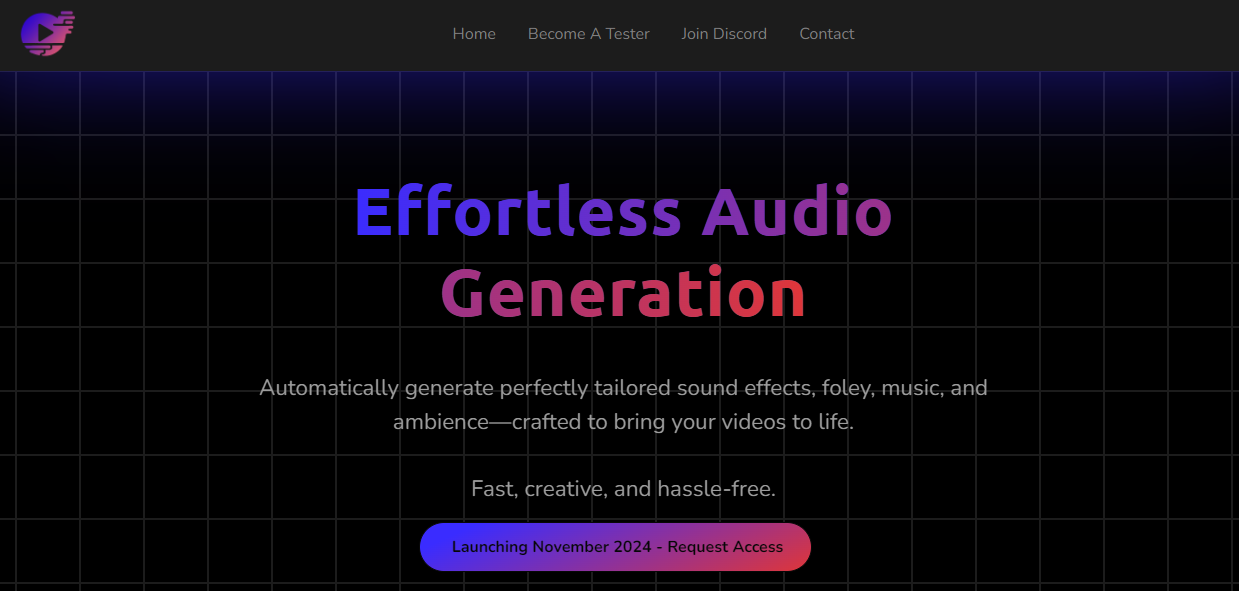Corporate events are often filled with structured activities that encourage teamwork, communication, and collaboration. However, finding an activity that is engaging, inclusive, and fun can be a challenge. One effective solution is drum circle team building, a creative and energizing approach to breaking the ice and encouraging collaboration among team members. In this article, we’ll explore why drum circle team building is an ideal icebreaker for corporate events and how it fosters a relaxed, inclusive environment.
Table of Contents
ToggleWhat Is Drum Circle Team Building?
A drum circle is a group of people sitting in a circle, each with a percussion instrument, creating rhythms together. This can include drums, tambourines, shakers, and other simple instruments. Unlike traditional team-building exercises, drum circles are non-competitive, allowing participants to express themselves musically without pressure. A trained facilitator guides the group, helping everyone get involved and creating harmony from the collective effort.
Drum circle team building takes this concept and applies it to corporate settings, encouraging collaboration, creativity, and communication in a relaxed, enjoyable environment.
Benefits of Drum Circle Team Building for Corporate Events
1. Encourages Collaboration and Teamwork
One of the main goals of corporate team-building activities is to promote collaboration among team members. A drum circle achieves this by requiring participants to work together to create a cohesive rhythm. As each person contributes their unique sound, they must listen to and sync up with others. This mirrors workplace collaboration, where individuals must work together and support each other to achieve common goals.
The beauty of drum circle team building is that no prior musical experience is needed. Everyone can participate equally, which makes it a perfect tool for bringing teams together, regardless of background or job role.

2. Breaks Down Communication Barriers
Corporate environments can sometimes create barriers between employees, especially when teams are made up of people from different departments, roles, or levels of seniority. Drum circles help break down these barriers by putting everyone on the same level. Whether you’re the CEO or a new employee, everyone gets a drum and a chance to contribute to the group’s success.
The rhythm and sound of the drum circle serve as a universal language that transcends verbal communication. Participants must communicate non-verbally through their actions, listening skills, and coordination, helping them connect with colleagues in a new way.
3. Creates a Relaxed and Fun Environment
Corporate events can often be stiff or formal, making it difficult for employees to relax and enjoy themselves. Drum circle team building injects fun and energy into the event, helping participants let their guard down and engage with one another. The physical act of drumming can also be a great stress reliever, releasing built-up tension and creating a sense of freedom.
The relaxed atmosphere that drum circles create is ideal for breaking the ice at the start of a corporate event. It sets a positive tone and encourages participants to engage more fully in the event’s other activities.
4. Boosts Creativity and Innovation
Incorporating creativity into corporate team-building activities is essential for fostering innovation. Drum circles are inherently creative, as participants must use their instincts to contribute to the group’s rhythm. This can help employees tap into their creative side, which they may not often get to use in the workplace.
Moreover, drum circles encourage experimentation and risk-taking in a supportive environment. As participants become more comfortable with the activity, they may start to explore different rhythms and techniques, sparking new ideas that can translate into creative problem-solving in their professional roles.
5. Fosters Inclusivity and Equal Participation
One of the greatest strengths of drum circle team building is its inclusivity. Since no special skills are required, everyone can participate, regardless of musical ability, age, or physical condition. This makes drum circles an excellent activity for diverse teams, ensuring that everyone has an equal opportunity to contribute.
The circle arrangement also symbolizes equality. There’s no hierarchy in a drum circle, which encourages a sense of unity and shared purpose. Employees who might not usually work closely together in the office can bond over the shared experience of creating music together, leading to stronger relationships back in the workplace.
How a Drum Circle Works in a Corporate Event
Step 1: Introduction and Setup
At the beginning of a drum circle team-building activity, the facilitator will introduce the concept and distribute instruments to each participant. This could include drums, tambourines, maracas, or other percussion instruments. The facilitator will give a brief overview of the activity and explain that no musical experience is required.
Step 2: Warm-Up and Rhythm Exploration
Next, the group will start with a warm-up, learning basic rhythms and becoming comfortable with their instruments. The facilitator will guide participants through this process, encouraging them to play simple beats and listen to the sounds created by others.
Step 3: Building Rhythmic Layers
Once everyone is warmed up, the facilitator will help the group build on the basic rhythm, adding layers and complexity. This is where collaboration comes into play, as participants need to listen to one another and adjust their playing to fit the group’s rhythm. The facilitator may encourage individuals to take short solos or try different instruments to keep things engaging.
Step 4: Reflection and Discussion
At the end of the drum circle, participants will have a chance to reflect on the experience. The facilitator may lead a brief discussion about what the group learned, how it relates to teamwork, and how they can apply these lessons in the workplace. This reflection helps solidify the connections between the activity and corporate goals like collaboration, communication, and creativity.
Real-Life Success Story: How a Drum Circle Transformed a Corporate Team
A mid-sized marketing firm in Michigan recently integrated drum circle team building into their annual retreat. The team was struggling with communication issues, and the retreat was designed to help employees connect and improve their working relationships.
During the drum circle, participants quickly became immersed in the activity. Employees who rarely interacted in the office found themselves working together to create a rhythm, while others stepped out of their comfort zones to experiment with different beats. By the end of the session, the team was energized and had built a stronger sense of camaraderie.
In post-retreat feedback, employees reported that the drum circle was one of the most enjoyable and memorable parts of the retreat. They appreciated how the activity allowed them to connect with colleagues in a fun, low-pressure environment, and many noted that it helped break down communication barriers within the team.
Conclusion
Corporate team-building activities are essential for fostering collaboration, communication, and creativity. Drum circle team building stands out as an ideal icebreaker for corporate events because it encourages teamwork, breaks down communication barriers, and creates a fun, relaxed atmosphere. Whether your team is large or small, experienced facilitators can tailor the drum circle to suit your group’s needs, ensuring that everyone has a chance to contribute and benefit from the experience.
If you’re looking to create a memorable and impactful team-building event, consider adding a drum circle to your next corporate gathering. It’s the perfect way to break the ice, promote collaboration, and leave your team feeling energized and connected.














